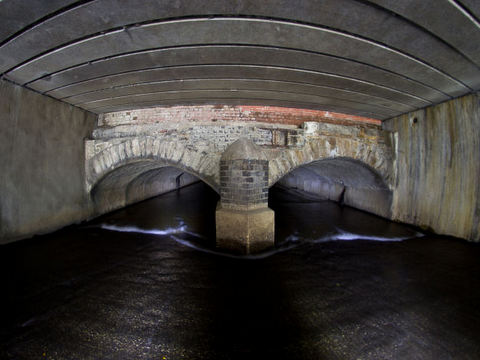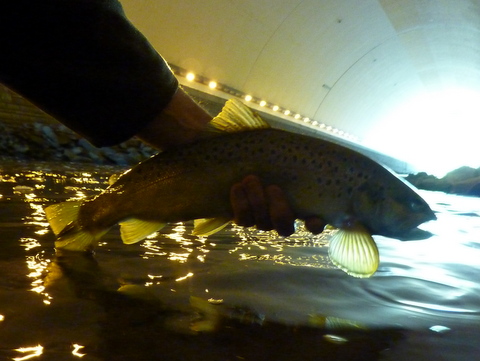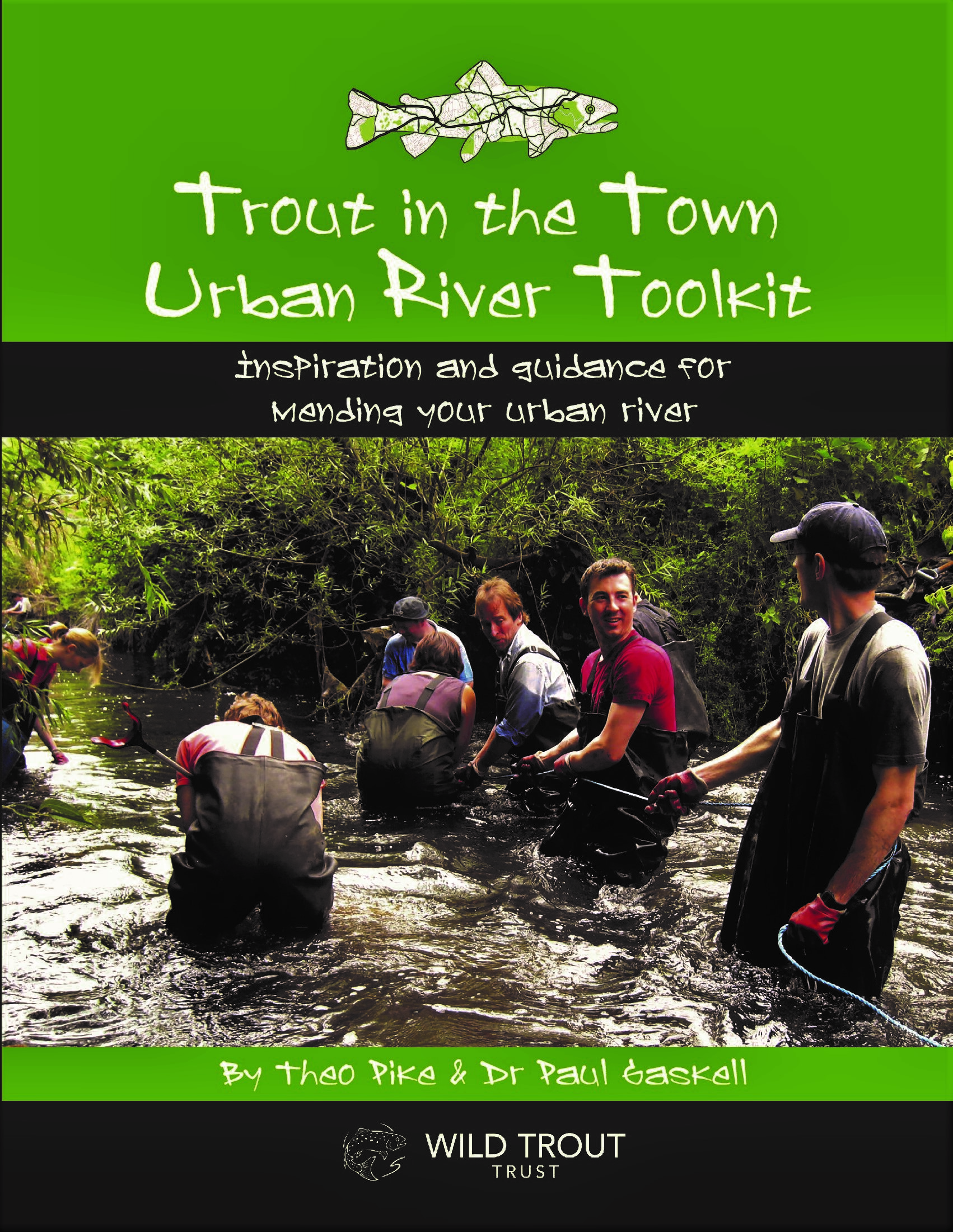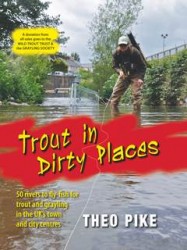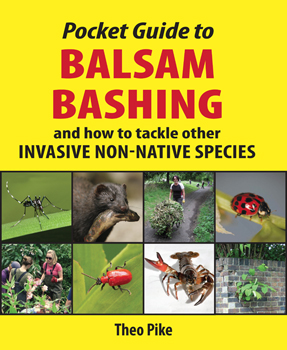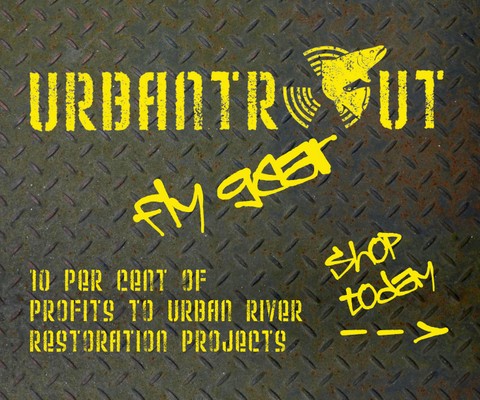(Photo: UK Urbex Forums)
If you subscribe to the online-paywalled Sunday Times (which we don’t, preferring to go all retro-printy instead for one day a week), you may already have seen last weekend’s fascinating analysis of the now-not-so-underground concept of urban exploration.
The gonzo challenge of exploring and documenting the forbidden spaces of decommissioned factories, derelict hospitals and abandoned culverts isn’t new. But urbex started making headlines again last week when a group called the London Consolidation Crew scaled the 1000-foot Shard, currently London’s tallest skyscraper building site, and posted images of their climb on the internet.
As the Sunday Times’ feature suggests, some areas of urbex can shade uncomfortably into trespass and security issues… and we probably shouldn’t even try to help you make your mind up about those. Instead, what we really find interesting is how closely many urban explorers’ thrill-seeking matches the haunted fascination felt by city-centre fly-fishers in reclaiming forgotten reaches of post-industrial rivers that remain inaccessible and fundamentally meaningless to the rest of society.
For instance, in the words of the London Consolidation Crew’s spokesman Dan on his recent ascent of the Shard: “There’s very little left on land to be discovered, and something that’s only just been constructed is the closest you’ll get to uncharted territories. Maybe this is the new wilderness?”
Meanwhile, Professor David Clarke of the University of Swansea suggests that the urban exploration movement is “part of a proliferation of new ways to try to experience the city… not just for political reasons but also to experience a freedom. It’s also a response to the fact that society has become ever more risk averse, ever more bland and boring.”
Read the introduction to my new book Trout in Dirty Places, and you’ll find some remarkably similar sentiments, right down to my assertion that “fly-fishing’s most fulfilling new frontier may be no further than the end of your street… in a post-industrial wilderness as unique as the hills of Assynt, Patagonia or the Kola Peninsula… truly a foreign country in your own backyard.”
As urban fly-fishers we sometimes like to think we’re kinda unique… but could it actually be we’re part of something even bigger than we thought?
And maybe most importantly: what size are the fish down there?
